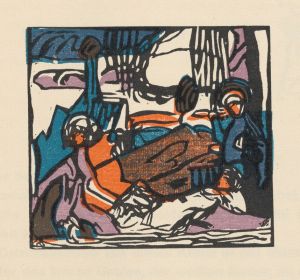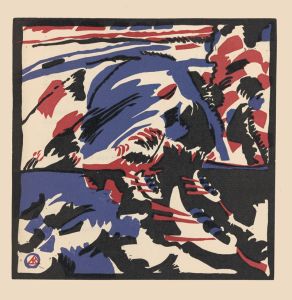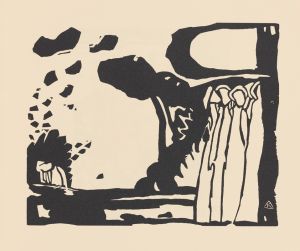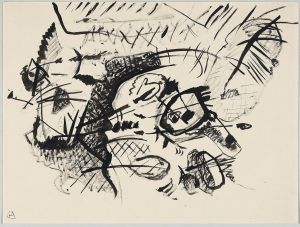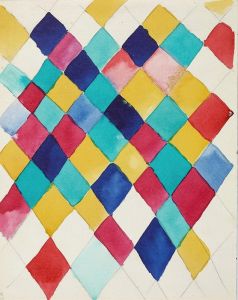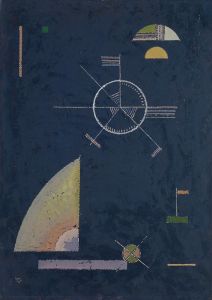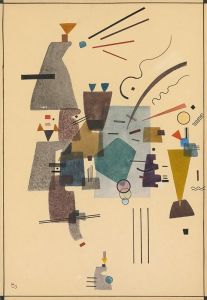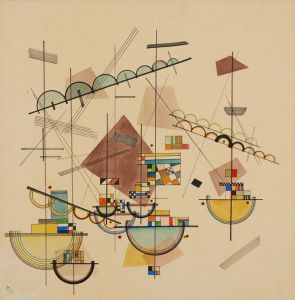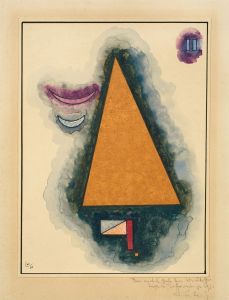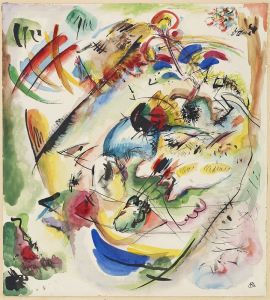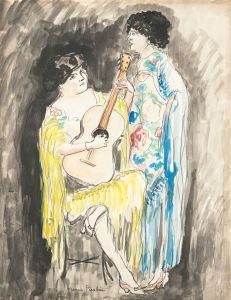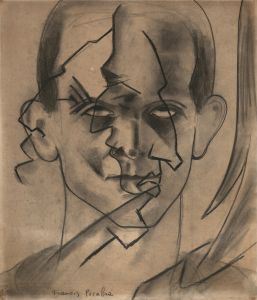
Draft for ‘Composition VII’
A hand-painted replica of Wassily Kandinsky’s masterpiece Draft for ‘Composition VII’, meticulously crafted by professional artists to capture the true essence of the original. Each piece is created with museum-quality canvas and rare mineral pigments, carefully painted by experienced artists with delicate brushstrokes and rich, layered colors to perfectly recreate the texture of the original artwork. Unlike machine-printed reproductions, this hand-painted version brings the painting to life, infused with the artist’s emotions and skill in every stroke. Whether for personal collection or home decoration, it instantly elevates the artistic atmosphere of any space.
Composition VII is a renowned abstract painting created by Wassily Kandinsky in 1913. It is widely regarded as one of the most significant works of Kandinsky's career and a masterpiece of abstract art. The painting was completed during a period when Kandinsky was deeply engaged in exploring the relationship between color, form, and emotion, and it reflects his belief in the spiritual power of art.
Measuring approximately 200 by 300 centimeters, Composition VII is a large-scale oil painting on canvas. The work is characterized by its dynamic composition, vibrant colors, and complex interplay of shapes and lines. The painting does not depict any recognizable objects or figures, instead relying on abstract forms to convey a sense of movement and energy. Kandinsky's use of bold, contrasting colors and overlapping shapes creates a sense of chaos and harmony simultaneously, inviting viewers to interpret the work on an emotional and spiritual level.
The creation of Composition VII was influenced by Kandinsky's theoretical writings on art, particularly his book Concerning the Spiritual in Art, published in 1911. In this text, Kandinsky articulated his belief that art should transcend the material world and evoke inner feelings and spiritual experiences. He viewed abstract art as a means of achieving this goal, using color and form as tools to communicate directly with the soul.
Composition VII was painted in Kandinsky's studio in Munich, Germany, during a time of significant artistic experimentation and innovation. It was part of a series of large-scale works that Kandinsky referred to as "Compositions," which he considered to be his most important artistic achievements. These works were intended to express universal themes and emotions, often drawing inspiration from music, which Kandinsky saw as the purest form of non-representational art.
The painting was created shortly before the outbreak of World War I, a period of great social and political upheaval in Europe. Kandinsky's work during this time reflects his desire to find order and meaning in the face of chaos, as well as his interest in the spiritual and transcendental aspects of human existence.
Today, Composition VII is housed in the State Tretyakov Gallery in Moscow, Russia, where it is part of the museum's extensive collection of Russian and European art. The painting continues to be celebrated as a landmark in the history of abstract art and a testament to Kandinsky's innovative vision and artistic philosophy.






